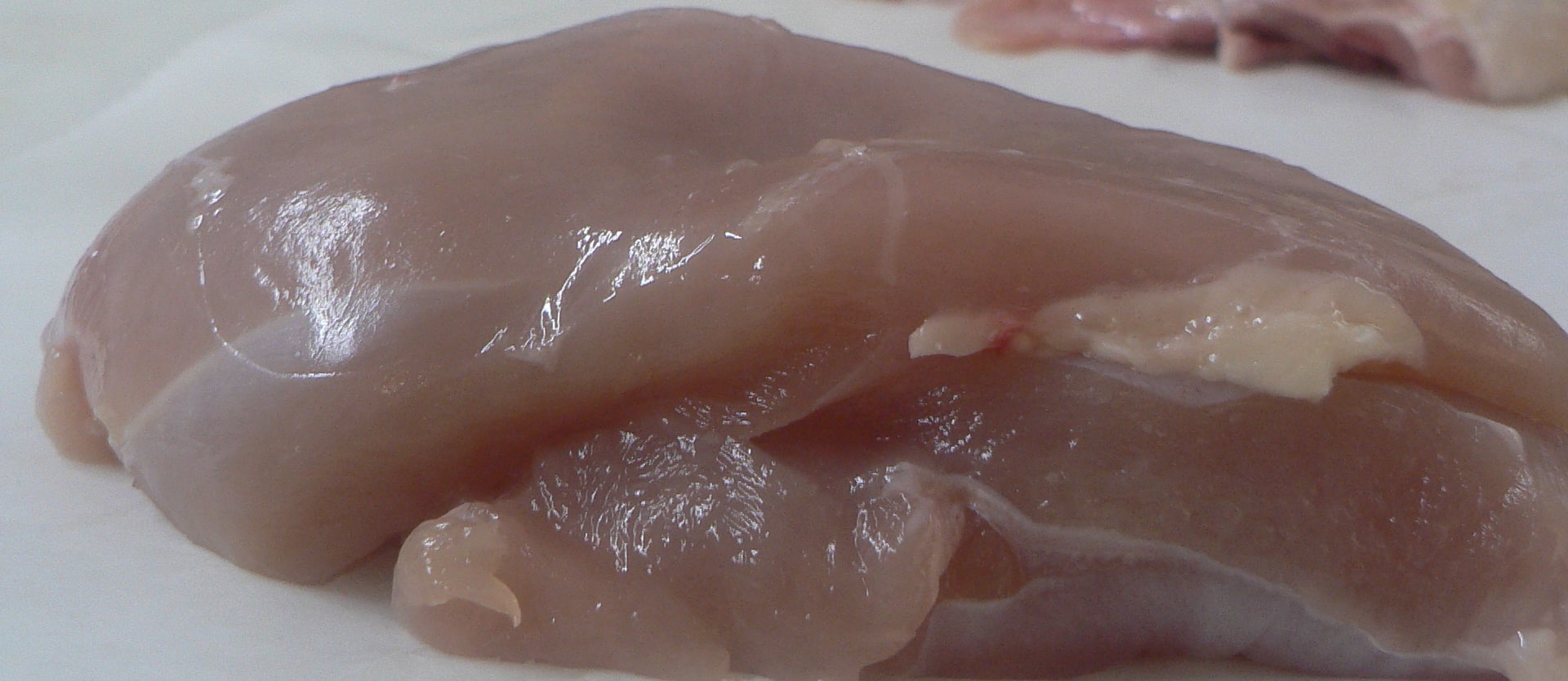In 2013, Maryland became the first state to ban the feeding of an arsenic-containing drug to chickens. This arsenic-containing drug is used to control parasites and gives chicken meat an “appealing pink color.” In 2011, the FDA found that the livers of chickens fed this drug had elevated levels of inorganic arsenic, a known human carcinogen. In response, the drug’s manufacturer, Pfizer, voluntarily pulled the drug off the U.S. market. However, it’s still sold overseas—including to places that continue to export chicken back to us—and a similar arsenic-containing drug for use in poultry is still available in the United States. The Maryland ban was still some help, though; it kept Maryland farmers from using stockpiles of the drug.
How much arsenic gets into the actual meat and not just the internal organs? We didn’t know until recently. In a study highlighted in my video, How Many Cancers Caused by Arsenic-Laced Chicken?, researchers at the Johns Hopkins School of Public Health coordinated the purchase of chicken breasts off grocery store shelves in ten cities across the country. They found that 70% of the samples of chicken meat from poultry producers that didn’t prohibit arsenic drugs were contaminated with the cancer-causing form of arsenic at levels that exceeded the safety thresholds originally set by the FDA (before the FDA relented and admitted that there’s really no safe level of this kind of arsenic).
When the drug was first approved, scientists believed that its organic arsenic base would be excreted unchanged (organic arsenic is much less dangerous than inorganic arsenic). Guess what appears to convert the drug into the carcinogenic form? Cooking. When chicken meat is cooked, levels of the arsenic-containing drug go down and levels of carcinogenic arsenic go up, suggesting the drug may degrade into the cancer-causing inorganic arsenic form during cooking.
How much cancer are we talking about? If we estimate that about three-quarters of Americans eat chicken, then the arsenic in that chicken has potentially been causing more than 100 cases of cancer every year. The John Hopkins researchers conclude that “eliminating the use of arsenic-based drugs in [poultry and pig] production could reduce the burden of arsenic-related disease in the U.S. population.”
Arsenic-containing drugs fed to chickens is one of the ways arsenic gets into rice. When we feed arsenic to chickens, the resulting arsenic-bearing poultry manure is introduced to the environment, soil, and water, and rice sucks it up from contaminated soil and can transfer it to people who don’t even eat chicken. There is massive environmental contamination from the poultry industry; nearly two million pounds of arsenic has been poured into the environment every year by the U.S chicken industry alone.
We’re even seeing arsenic in foods sweetened with organic brown rice syrup. It reminds me of the arsenic in apple juice story. Although the U.S. made lead and arsenic-based pesticides illegal years ago, they still persist in the soil, so even organic products are not immune.
There are other sources of arsenic (such as naturally occurring arsenic deposits), but arsenic-containing poultry drugs have been deliberately administered to animals intended for human consumption for 70 years. Consequently, exposures resulting from use of these drugs are far more controllable than are exposures from environmental sources. And the good news is that, thanks to a lawsuit from the Center for Food Safety and other consumer groups, three out of the four arsenic-containing drugs fed to poultry have been officially pulled from the market.
The antibiotics the poultry industry continues to feed chickens present another public health hazard. See my videos:
- Past the Age of Miracles: Facing a Post-Antibiotic Age
- Chicken Dioxins, Viruses, or Antibiotics?
- Superbugs in Conventional vs. Organic Chicken
- Lowering Dietary Antibiotic Intake
- Meat Mythcrushers
Cooking may also create other carcinogens from the muscle itself:
- Estrogenic Cooked Meat Carcinogens
- PhIP: The Three Strikes Breast Carcinogen
- Reducing Cancer Risk In Meateaters
-Michael Greger, M.D.
PS: If you haven’t yet, you can subscribe to my videos for free by clicking here and watch my full 2012 – 2015 presentations Uprooting the Leading Causes of Death, More than an Apple a Day, From Table to Able, and Food as Medicine.
